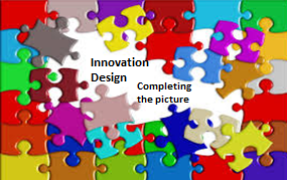 Two years can feel like a long time, exactly two years ago I wrote a post called “Making the appropriate impact” discussing my nine different impact points for innovation that needed combining.
Two years can feel like a long time, exactly two years ago I wrote a post called “Making the appropriate impact” discussing my nine different impact points for innovation that needed combining.
I wrote at the time we can have a surprisingly strong influence on impact, as we are in a highly connected world. It is through our organizing and influencing abilities we can all partly determine our innovation future.
I suggested we have nine impact points to consider:
Continue reading “Combining the higher-value impact points for innovation intersection.”








